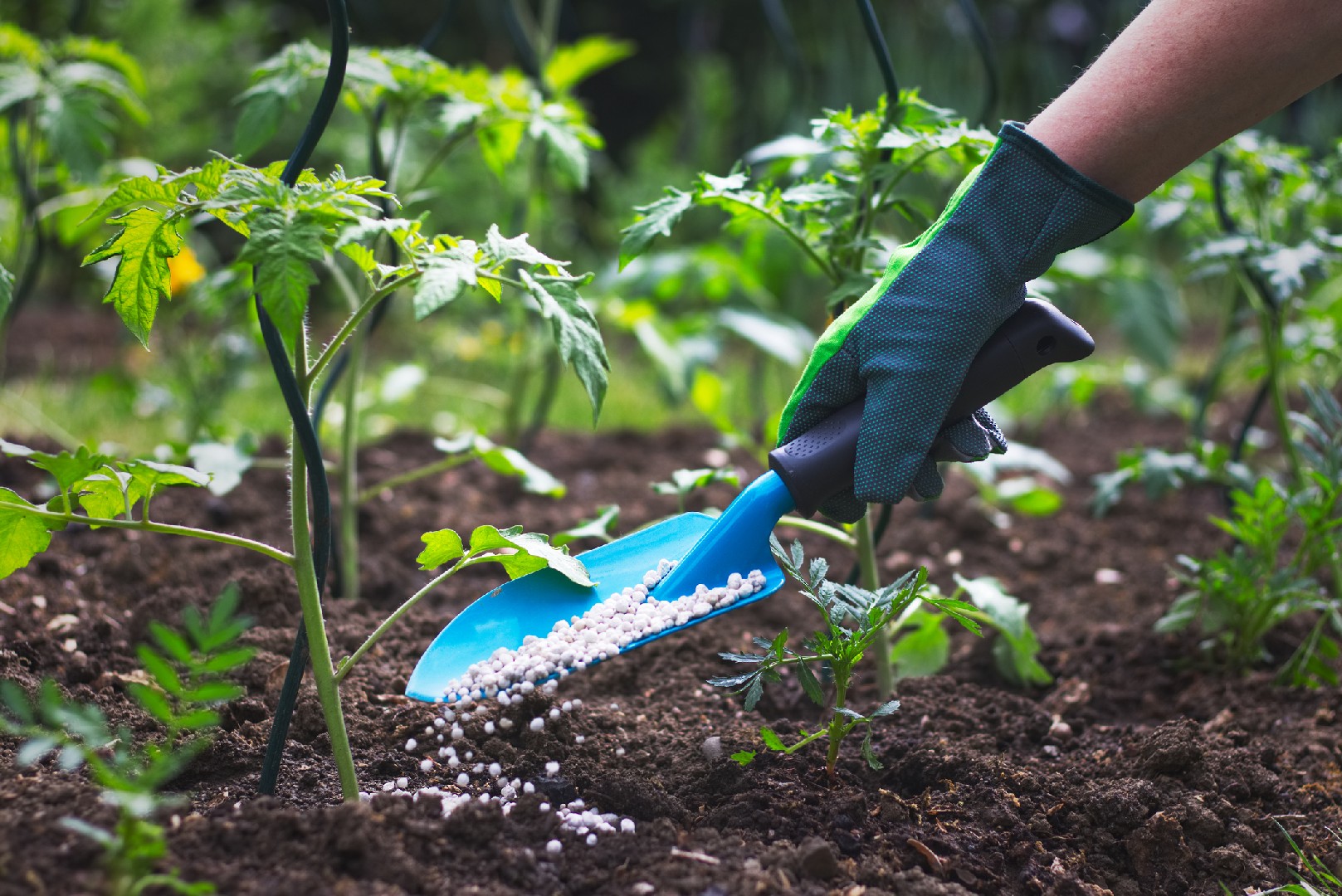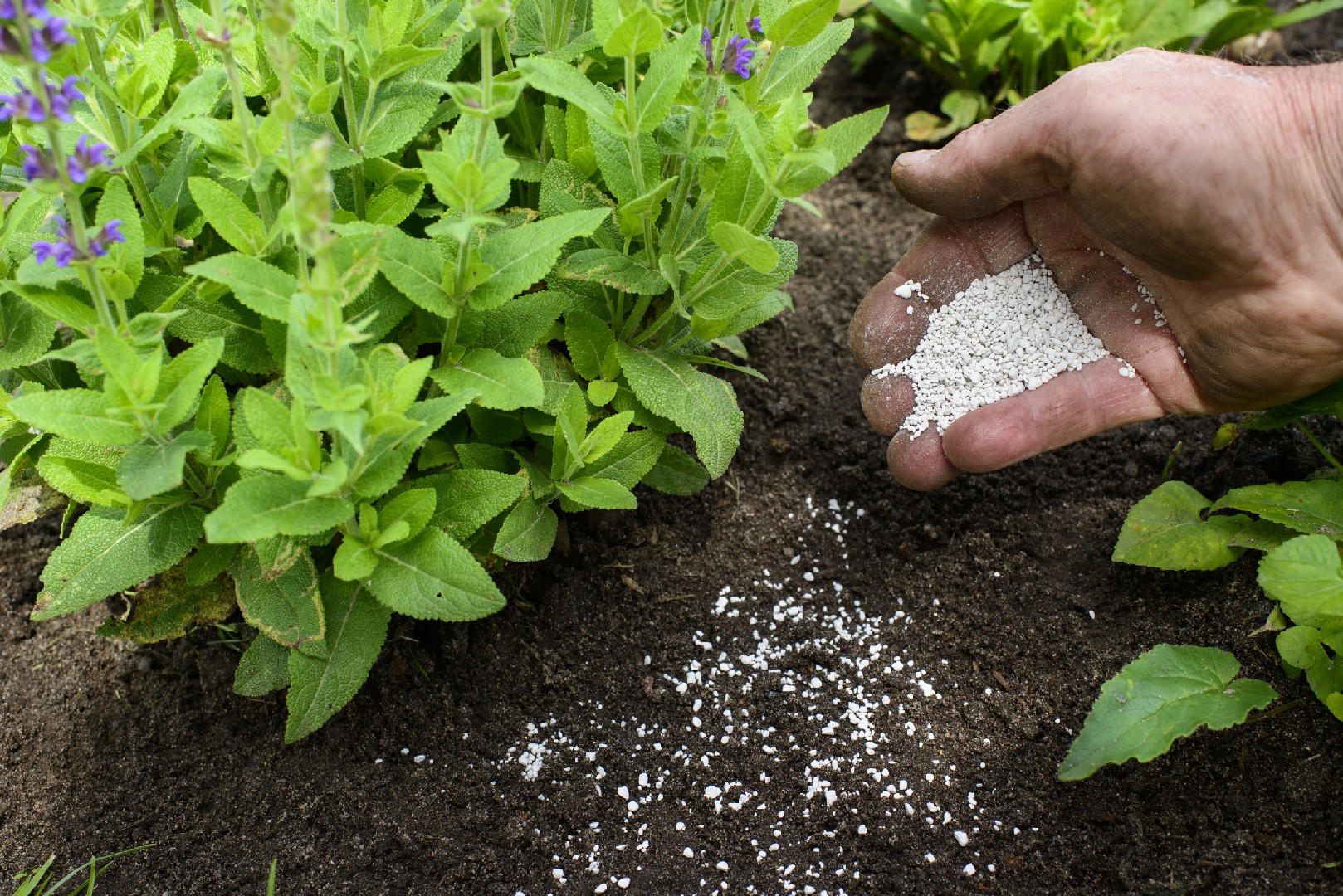![Rectangle]()
Understanding the Nutritional Requirements of Vegetable Gardens
One of the key factors in successfully growing a bountiful vegetable garden is understanding and meeting the nutritional requirements of your plants. Different vegetables have different nutritional needs, and providing them with the right balance of nutrients is essential for optimal growth and yield.
When it comes to the nutritional needs of common garden vegetables, there are three vital nutrients that play a crucial role: nitrogen, phosphorus, and potassium.
Nitrogen is responsible for promoting healthy leaf and stem growth. It is essential for the production of chlorophyll, the pigment that gives plants their green color and is necessary for photosynthesis. Without sufficient nitrogen, plants will exhibit stunted growth, yellowing leaves, and a decreased ability to produce flowers and fruits.
Phosphorus is crucial for root development, flowering, and fruiting. It helps plants convert other nutrients into usable forms, enhances seed and fruit production, and aids in overall plant health. Insufficient phosphorus can lead to poor root development, weak stems, and reduced fruit production.
Potassium, also known as potash, is crucial for overall plant health and strength. It plays a role in photosynthesis, enzyme activation, and water regulation. Plants deficient in potassium may exhibit leaf scorching, decreased resistance to diseases and pests, and poor yield.
While nitrogen, phosphorus, and potassium are the primary macronutrients required by plants, they are not the only nutrients plants need. Secondary macronutrients like calcium, magnesium, and sulfur, as well as micronutrients like iron, manganese, and zinc, are also important for healthy plant growth.
To ensure balanced nutrition for your vegetable garden, it is essential to test your soil for nutrient levels. Soil testing can provide valuable insights into the nutrient deficiencies and pH levels of your soil, allowing you to rectify any imbalances before planting. Additionally, organic matter, such as compost or well-rotted manure, can be added to improve soil fertility and nutrient availability.
When it comes to fertilizer choices, there are various options available. Organic fertilizers, such as compost or manure-based products, are excellent choices for providing slow-release nutrients to your plants. They also help improve soil structure and fertility in the long run. Synthetic fertilizers, on the other hand, provide readily available nutrients and can be tailored to specific nutrient needs. However, it is essential to follow package instructions and avoid over-fertilizing, as this can harm plants and contribute to nutrient runoff.
In conclusion, understanding the nutritional requirements of your vegetable garden is crucial for achieving a bountiful harvest. By providing your plants with the right balance of nutrients, you can promote healthy growth, enhance fruit production, and improve overall plant health. Regular soil testing, organic matter additions, and careful fertilizer choices are all key practices to ensure balanced nutrition for your vegetable garden.





